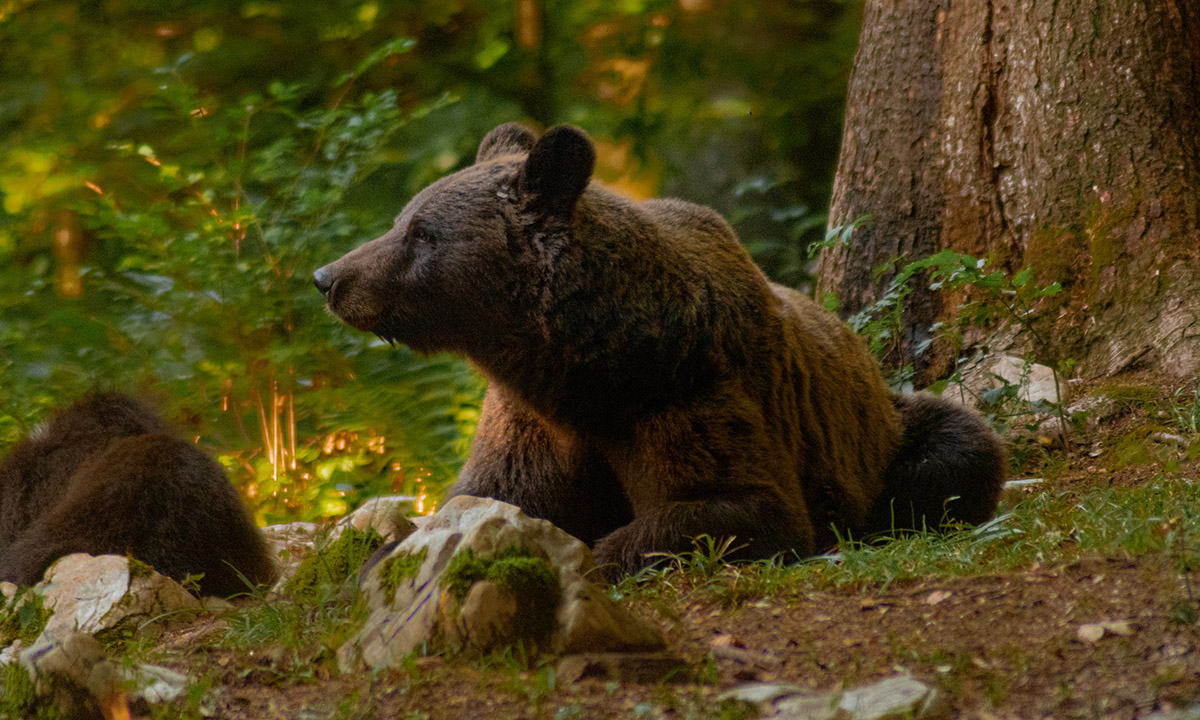

Part of the joys of spending time outdoors is connecting with nature. However, spending time in nature means spending time in other animals’ habitats. It’s important to recognize different animal behavior when you are camping out in the wild, so that both you and the wildlife around you can stay safe.
Videos by Outdoors with Bear Grylls
A few key details:
- Any time you are out in the wilderness, you should be practicing “Leave No Trace” principles. Dispose of your garbage properly and observe wildlife from a safe distance.
- Never feed wildlife. Always pack and put away your food when you are not using it.
Common Animals to Watch for While Camping
Depending on where you’re camping, you may see a lot of small animals, including creatures like squirrels, chipmunks, and birds. Though an overly friendly squirrel might try to steal some of your food, they’re a little easier to scare off than larger or more aggressive animals that want your food. You’ll want to really keep an eye out for animals like bears, skunks, mountain lions, foxes, raccoons, and deer. Here are some tips for reading the behavior of each of these species.
Bear Behavior to Watch for
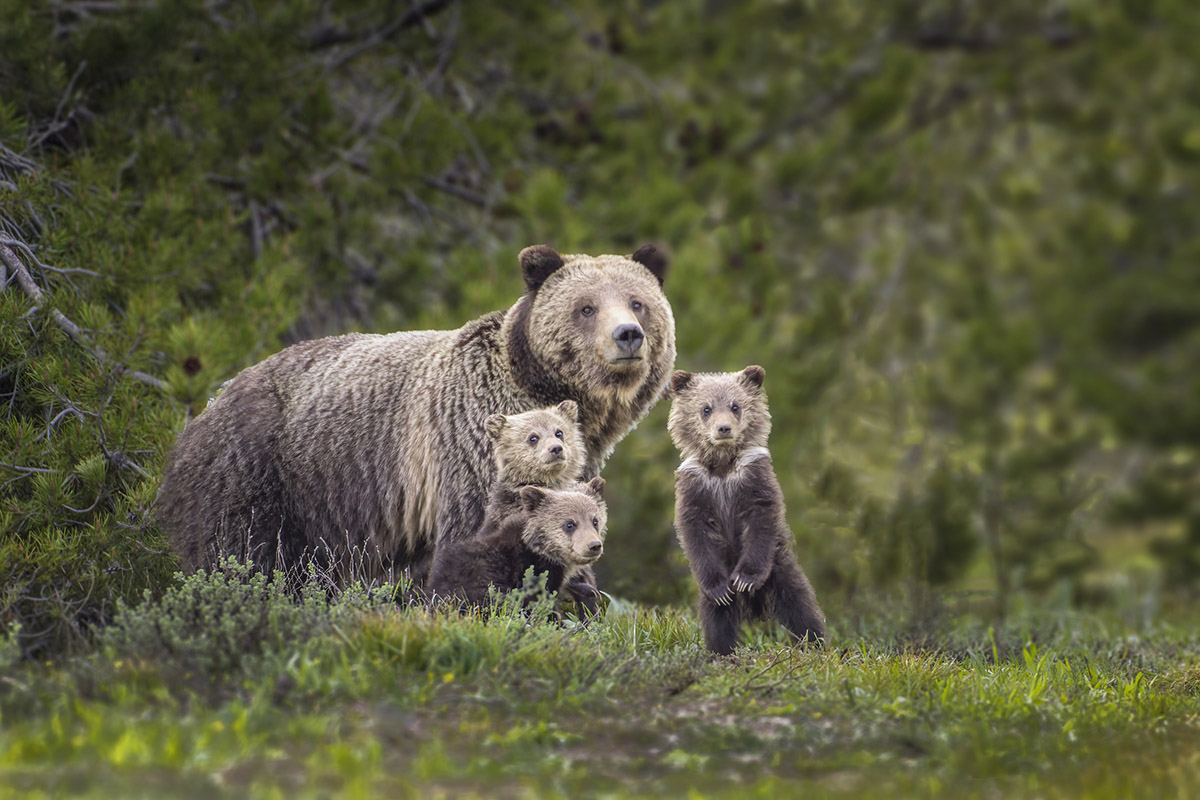
Though seeing a bear can be thrilling, it can also be terrifying. Be sure to make your presence known. If you’re hiking with others and making noise on the trails, there is a high chance you’ll scare off the bears before you even see them. If you do come in close contact with a bear, stand still and speak in a firm, but calm voice and make yourself big, by waving your arms in the air. Black bears tend to be solitary and will want to get away from you as soon as possible. Though an attack from any bear is rare, if a black bear does attack, you can try to fight back, aiming blows to the face and muzzle. If you see a brown bear, do not run. You should play dead until the bear leaves the area.
Signs of aggression from black bears include blowing air through their mouth or nose and popping their teeth together. A black bear trying to scare off a human may not make any noise at all, though. Instead, they will stare, lower their ears, and let their lower lip protrude. Other aggressive behaviors from bears include pounding their paws on the ground and huffing.
Skunk Behavior to Watch for
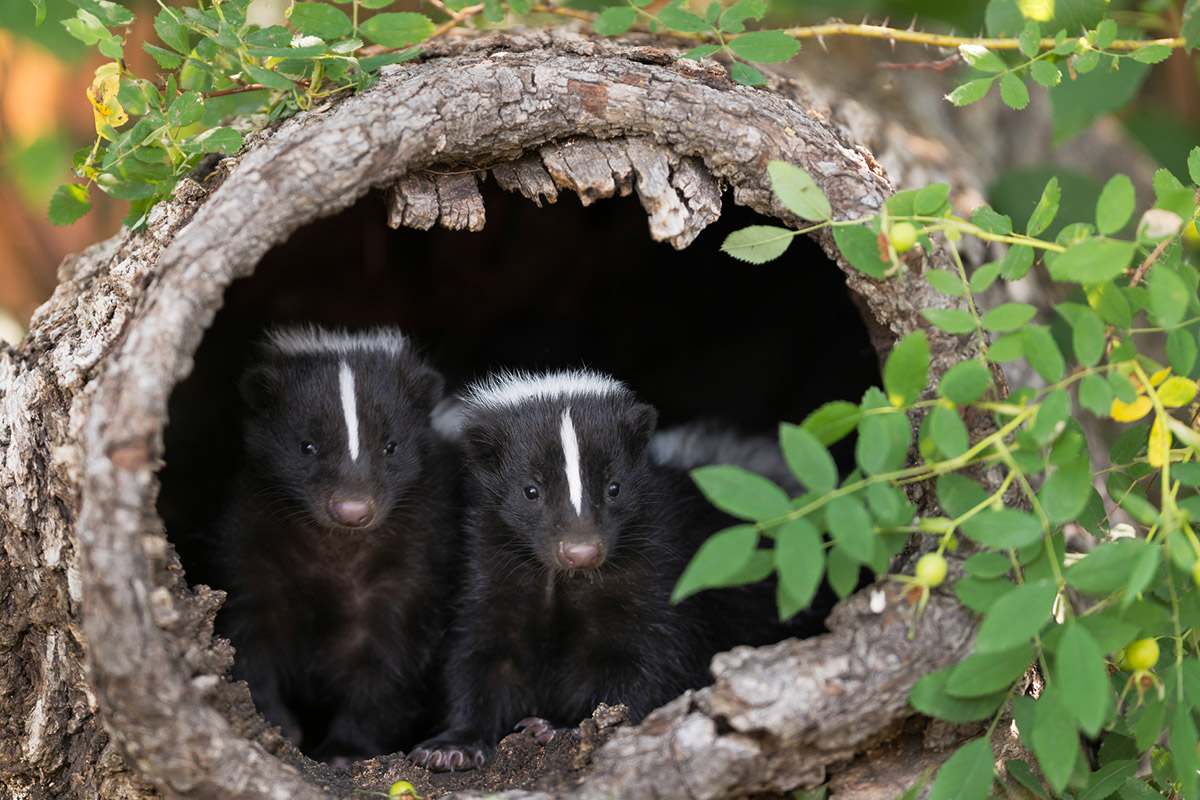
Skunks are normally nocturnal and will sleep in hidden areas during the day. Skunks only spray when they feel threatened and feel like there is no way for them to escape. If you come face to face with a skunk, remain as still as possible, then back away slowly. This will decrease your chances of getting sprayed. When a skunk is about to spray, it will arch its back and raise its tail high into the air.
Mountain Lion Behavior to Watch for
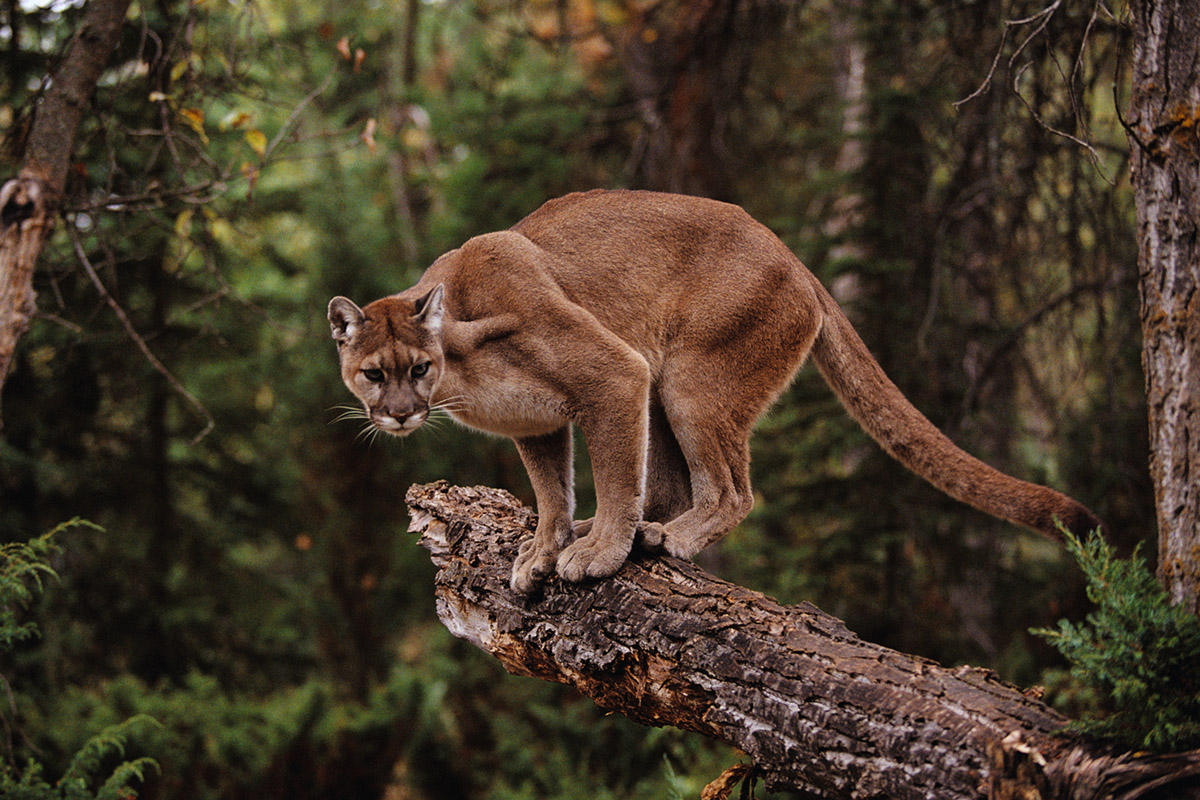
Mountain lions are elusive in the wild. Though there are large populations of them in some national parks, which helps keep deer populations in check, it is more likely for a human to sustain an injury in a national park from a natural hazard like a trip or a fall than from a mountain lion attack.
Mountain lions are natural hunters, and they are constantly on the move. Female mountain lions are exceptional hunters that must find food for themselves as well as their growing cubs. They have keen senses, making it easy for them to pick up on scents, sounds, and movements around them. They often move in zigzagging motions in order to cover as much area as possible.
If you come across a mountain lion in the wild, stay calm and do not run. Running may stimulate the mountain lion’s instinct to chase, which will cause greater problems for you. If you want to get away from the mountain lion, back away slowly. Do not crouch down toward it or approach it.
If the mountain lion moves toward you, make yourself as big as possible to intimidate it. If it continues to move toward you, throw things at it. If the mountain lion does attack you, it will most likely try to bite your face or neck. If possible, stay upright to avoid getting bitten, and use your backpack as body armor. If a mountain lion attacks, always fight back.
Fox Behavior to Watch for
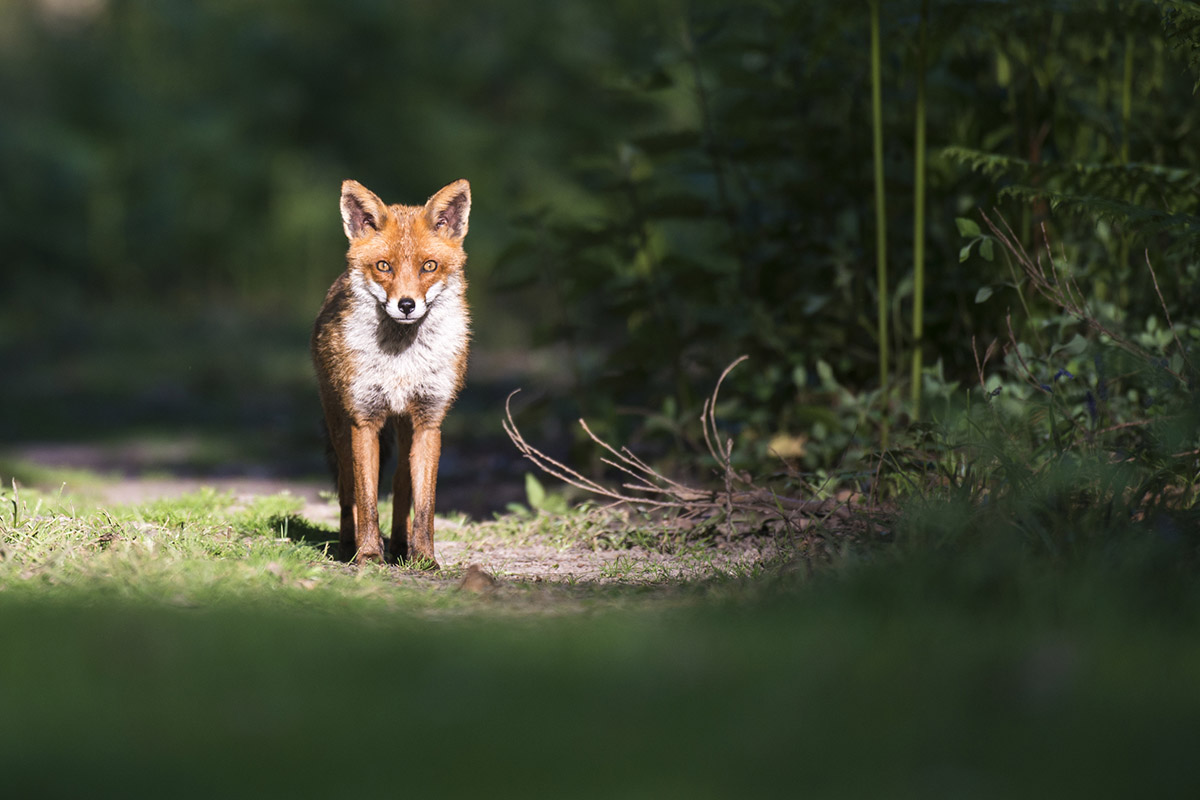
Foxes are solitary creatures and usually do not pose much of a threat to campers or pets. Normally a nocturnal animal, foxes tend to hunt at night. While it is becoming more common to see foxes out during the day, it is not something to worry about. The most common type of fox in the U.S. are red foxes, and they tend to be territorial, marking their territories with urine. In general, as long as you keep your trash out of reach from foxes, there will be limited interactions between you and them.
Raccoon Behavior to Watch for

When you see a raccoon, remain calm. Similar to foxes and bears, it is important not to try tp feed raccoons. Though these little “trash pandas” tend to be cute, they can become territorial and aggressive, especially when there is food involved. Raccoons can carry a number of diseases, including rabies, distemper, and roundworm, which can be very serious for humans, pets, and other raccoons. Do not touch raccoons and do everything you can to prevent them from getting into your food.
Deer Behavior to Watch for
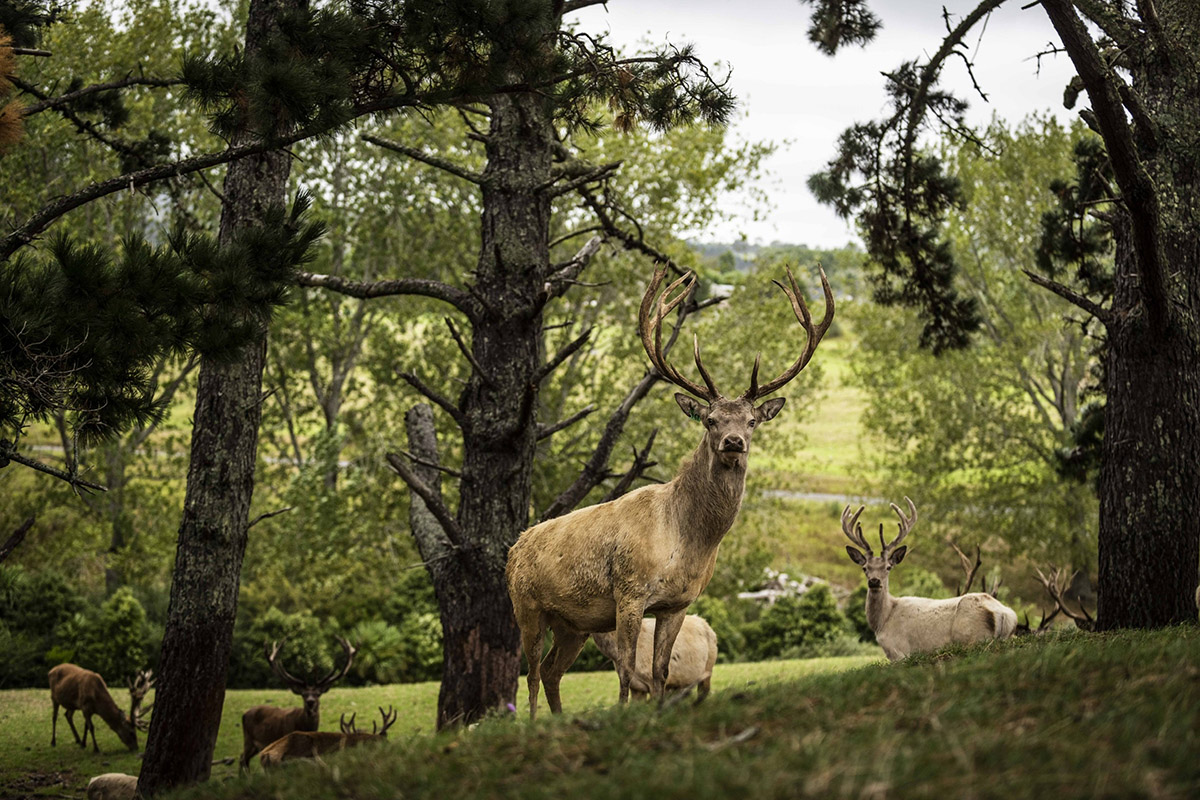
Deer can commonly be seen in the woods, and while they are rather gentle creatures, it is best not to approach them. Deer use a variety of sounds and movements to communicate with one another and to warn off predators. Male deer (bucks) often travel in groups throughout the year, while female deer (does) are often on their own until their fawns are born.
The only real threat is a deer might try to get into your food, so make sure your food is sealed tightly and that nothing can get in it except you.









